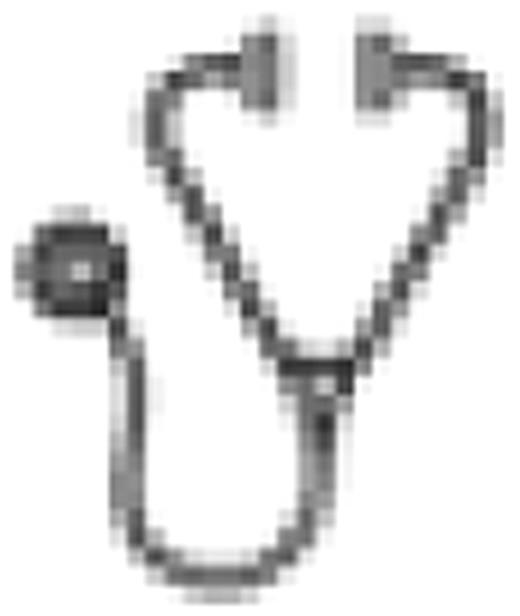Abstract
Platelet refractoriness as a consequence of HLA alloimmunization complicates allogeneic hematopoietic stem cell transplantation (HSCT). Little is known regarding the affects of reduced intensity HSCT on the incidence and duration of HLA alloimmune-mediated platelet refractoriness following reduced intensity HSCT.
We retrospectively studied HLA alloimmunization in 16 patients with malignant and non-malignant hematological disorders, who underwent an allogeneic HSCT from an HLA matched relative using reduced intensity, non-myeloablative conditioning. All patients received a G-CSF mobilized, lymphocyte replete, peripheral blood stem cell (PBSC) allograft following cyclophosphamide (120 mg/kg) and fludarabine (125 mg/m2) based conditioning (+/− equine ATG 40 mg/kg × 4 days) with cyclosporine (CSA; beginning on day −4) and IV methotrexate (5 mg/m2 × 3 days) given as GVHD prophylaxis. Eight patients known to be HLA alloimmunized pre-transplant were compared to 8 control patients who were HLA alloantibody negative pre-transplant. Stored patients' serum samples from pre-transplant (day -30) and post-transplant intervals (days +30, +60, +100, +180, and ≥ 365) were analyzed for the presence of IgG antibodies to HLA class I antigens using a membrane-independent solid phase assay involving color-coded microbeads coated with HLA antigens and analysis with a flow analyzer (LABScan 100; One Lambda, Canoga Park, CA). Panel reactive antibody (PRA) and mean fluorescent intensity (MFI) were analyzed for all samples to measure HLA antibody strength and specificity, respectively. HLA alloantibodies were analyzed and compared with the degree of donor myeloid and T-cell engraftment measured on post-transplant blood samples by PCR of short tandem repeats (STRs).
Among the 8 alloimmunized patients who required HLA matched platelets pre-transplant, the median time until HLA antibodies disappeared was 100 days post HSCT. Remarkably, among these patients, 3/8 (37%) had HLA class I antibodies detectable for more than 100 days post-transplant including one patient who continued to show high level alloreactivity greater than 1 year after HSCT. Among the 8 control patients who tested negative for HLA alloantibodies pre-transplant, 3 acquired HLA alloantibodies after HSCT which were first detected at day +30 in all 3 cases. In 2 of the 3 cases, the donors for these patients were found to have pre-existing HLA antibodies of equivalent specificity to those found in the patient post-transplant suggesting patient acquisition of HLA antibodies was mediated by passenger donor lymphocytes that were transplanted in the allograft. Overall, HLA antibodies were detectable for more than 100 days after transplantation in 6/16 (37%) patients analyzed with 3/16 (18%) having alloantibodies detectable for more than 1 year post-transplant despite chimerism being 100% donor in myeloid and T cell lineages.
Prolonged production of HLA alloantibodies leading to platelet refractoriness can occur following reduced intensity allogeneic HSCT and may persist even after full donor myeloid and T-cell chimerism have been achieved. Remarkably, we observed that transplantation of passenger donor lymphocytes can result in de novo HLA alloimmunization, complicating post-transplant transfusion management. Screening patients and their donors for HLA antibodies before HSCT would identify the majority of subjects at risk for alloimmune-mediated platelet refractoriness after transplantation. This new screening strategy would not only assist in transfusion support after allogeneic HSCT but could also play a role in the decision analysis for selecting optimal stem cell donors.
No relevant conflicts of interest to declare.

This icon denotes an abstract that is clinically relevant.
Author notes
Asterisk with author names denotes non-ASH members.

